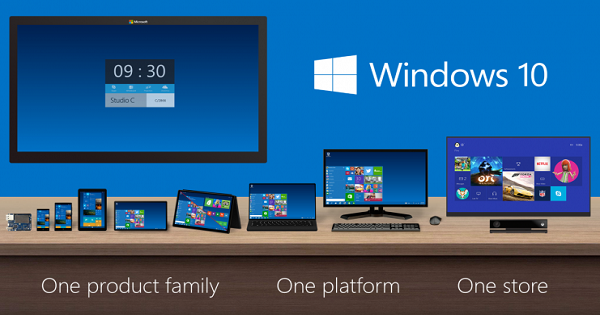Posted by : Cyber Freak
Saturday, 13 August 2011
In the mobile world, “age old” questions are those we’ve been asking for the last couple of years, like whether to build a mobile app or a Web site. Now, there’s no question that HTML5 is changing the mobile landscape. Functionality that used to be accessible only through apps is increasingly coming to browsers. Some think this will eliminate the need and the rationale for apps; others argue that apps still retain key advantages, such as the richest possible user experience, discovery through app stores, and total control over branding and look-and-feel.
Enter the hybrid approach
With a fully native app, each new release must be ported across multiple devices and operating systems, approved through the app store and downloaded by customers, introducing friction every step of the way.
There are now some great tools for developing mobile sites and applications at the same time, literally. This means your product is accessible to mobile Web users and app store shoppers. If you create your site in HTML5, there are a variety of both open source and commercial tools that will wrap that site with all of the code necessary to run natively, and be submitted to application stores such as iTunes and the Android marketplace. There are also HTML5 authoring tools that allow you to create sites using drag-and-drop interfaces with little to no programming involved. As with all authoring tools, there are going to be some limitations over custom development, but these tools are progressing fast.
The shape of things to come
HTML5 is already having a huge impact, providing an alternative to the platform limitations of Flash and the functional limitations of HTML. YouTube already guides smartphone Web visitors to install a home screen shortcut to its mobile site rather than use the pre-installed YouTube application because it can provide a better user experience through the browser. We work with household brands that are seeing 80-90% of all mobile Web traffic to their sites coming from devices that support most of the key HTML5 features you would need to create a compelling user experience.
- Back to Home »
- How HTML5 Changes The Math














